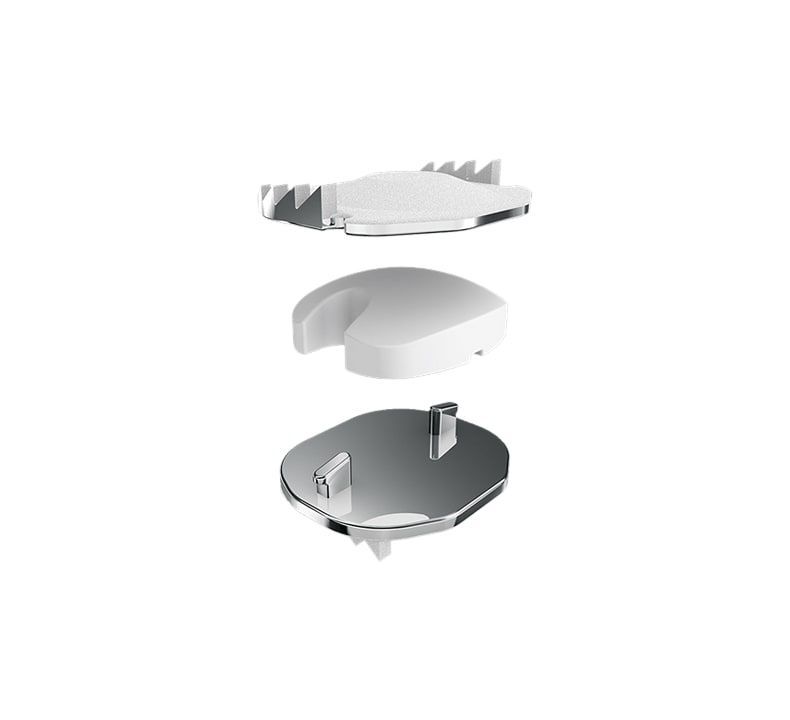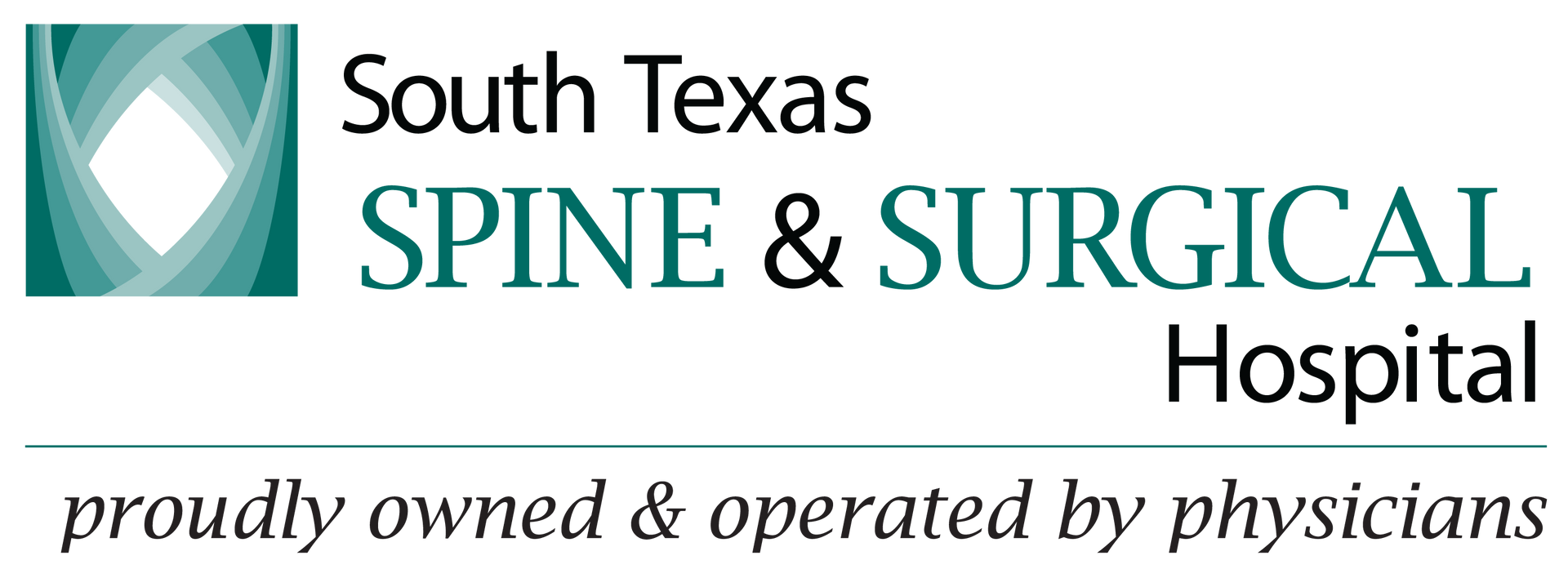MOBI C
HISTORY
-Designed by an experienced French surgeon team.
-First implanted in November 2004 in France.
-Entered into FDA IDE one and two-level studies in 2006.
-FDA approved for use in the United States in August 2013.
To speak to a Mobi-C specialist call: (210) 640-9048
To schedule a consultation or get more information please fill out the form below:
The Healthy Neck
The Mobi-C Cervical Disc:
The neck (cervical spine) is made up of the bones (vertebrae), spinal cord, nerves, muscles, ligaments, and the system that carries blood (blood vessels). The top seven vertebrae make up the cervical spine and begin at the base of the skull. The vertebrae of the cervical spine protect the spinal cord and support the skull. A disc between each vertebra helps to cushion the vertebrae from moving together with the load of the body. Each disc has a strong outer ring (annulus fibrosus). The outer ring helps keep the disc’s soft center (nucleus pulposus) in place. Disc problems can start from over-use, an accident, or just the wear and tear of everyday life.
The vertebrae and the discs allow a healthy cervical spine to:
- Bend side-to-side (lateral bend).
- Bend forward-to-back (flexion and extension).
- Turn left-to-right (rotation).
Who should recieve a Mobi-C?
Is for adults; the vertebrae must be mature (are range, 21-67 years).
Takes the place of two damaged cervical disc next to each other (contiguous or adjacent) from level C3-C7.
Is for patients with arm pain and/or neurological symptoms such as weakness or numbness with or without neck pain.
Disc damage needs to be proven by your doctor’s review of your CT, MRI, or X-ray images. Images of the neck shloud show at least one of the following:
- Inner disc squeezing through the outer disc (herniated nucleus pulposus).
- Degeneration of the spine from wear and tear (spondylosis).
- Loss of disc height compared to the levels above and below.
How does the Mobi-C move?
The Mobi-C top plate moves over the plastic insert. The plastic insert slides across and twists on the bottom plate.
The muscles and soft tissue in your neck move the vertebrae and the attached Mobi-C plates. With vertebrae and neck muscle movement, the Mobi-C is free to twist and slide left-to-right and front-to-back. This allows the vertebrae above and below the Mobi-C to move. This feature is designed to allow the disc to self-adjust and move with the spine, which is intended to facilitate motion similar to the natural cervical spine.
Materials
The Mobi-C disc has three parts: two metal plates and a plastic insert in the middle. The plates are made of a mix of metals commonly used in spine surgery (cobalt, chromium, and molybdenum).
The plates have teeth on the top and bottom that help hold the plates to the vertebrae. The teeth are pressed into the bone with no bone cut out, which makes the Mobi-C design and technique bone sparing.
The outside of the metal plates are sprayed with a coating (hydroxyapatite). This coating helps the vertebrae to grow and attach to the metal plates for long term stability.
The plastic insert is made from polyethylene. The insert is flat on the bottom and round on the top. The insert is made to move as you move your neck.
What can I expect...? Before surgery
Your medical history is very important in your doctor’s decision to choose the Mobi-C for you. Before recommending the Mobi-C, your doctor will take into account your past and present health, such as: your job and activity level, past injury or ongoing illness, alcoholism or drug abuse, medicine use and previous treatments.
You may be asked questions to help decide if you have a risk of low bone mineral density. Based on your answers, your doctor may order a bone test (DEXA measurement). The Mobi-C has not been tested in patients with a DEXA T score less than -1.5. This level of DEXA score shows the patient may be osteoporotic or osteopenic.
Your doctor will choose the best Mobi-C size for your body. A correctly sized Mobi-C helps the implants stay in place and work right. Your doctor should not start surgery without the right implant size or instruments in good working order. Ask your doctor to see the full list of risks and complications in the insert.
What happens during Mobi-C surgery?
IN THE OPERATING ROOM:
Step 1.
You will lie on your back on a table and be put into deep sleep (anesthesia). Once asleep, your neck area is washed. A clean (sterile) sheet is taped around your neck.
Step 2.
A cut (incision) is made on your neck. Your doctor will move the muscles, the airway (trachea), the esophagus, and blood vessels to the side. This makes a tunnel to the spine. Using a special X-ray (fluoroscopy), your doctor will pass a thin needle into the damaged disc to check the levels for surgery.
Step 3.
Your doctor will remove the damaged disc and put in the Mobi-C. Fluoroscopy may be taken during surgery to check Mobi-C placement. The muscle and skin incisions will be sewn together with surgical thread (sutures). A small bandage or biologic glue will be placed across the incision.
Step 4. Insert Fixation
While asleep, you will be removed to a new area (Recovery Room). Nurses will check your blood pressure, heart rate, and breathing. If you are in pain, you may be given medicine. Once awake, you will be moved to a different room.
What can I expect...? After surgery

Ask your doctor to describe how you will feel and waht your will need to do after surgery. Replacing your disc with the Mobi-C is a mjor surgery. Getting better will take time. How fast you get better depends on your age, your general health, and the reason for the surgery. Your doctor may recommend exercise with the help of a physical therapist. As with any surgery, it is extremely important to follow your doctor’s direction after surgery.
Here are some examples of directions to follow after surgery. Your doctor’s direction may be different.
- Stay one night in the hospital.
- Sit, stand, and walk the night after surgery.
- Wear a neck collar to lessen neck movement for around a week after the surgery.
- Take a medicine (by mouth) for pain or sick ness of the stomach (nausea) as needed.
- Put a new, clan bandage on the cut five days after surgery. The doctor or nurse may show you how to change the bandage.
- et up a time to visit your doctor to check your healing. Your doctor may take X-rays to look at the Mobi-C placement in your neck.
- Get a direction from your doctor on when it is OK to return to your normal neck bending and turning. Talk to your doctor about a physical therapy plan.
Potential Complications with Mobi-C
Risks from any surgery:
Problems with the wound healing including pain. An allergic attack or infection. Problems with the heart (cardiovascular) or blood movement (circulation). This could include: loss of blood, a reaction to a blood transfusion, problems with circulation, or problems with blood forming into clumps (clotting). A sickness to the drugs used to put you asleep during surgery (anesthesia). Problems with the stomach and intestines (gastrointestinal). Problems with the urinary or genital systems (urogenital). Problems breathing (respiratory). Respiratory problems could include: lung infection (pneumonia), lung tissue collapsing (atelectasis), or swelling in the neck (edema). In rare situations, heart attack, stroke, or death.







